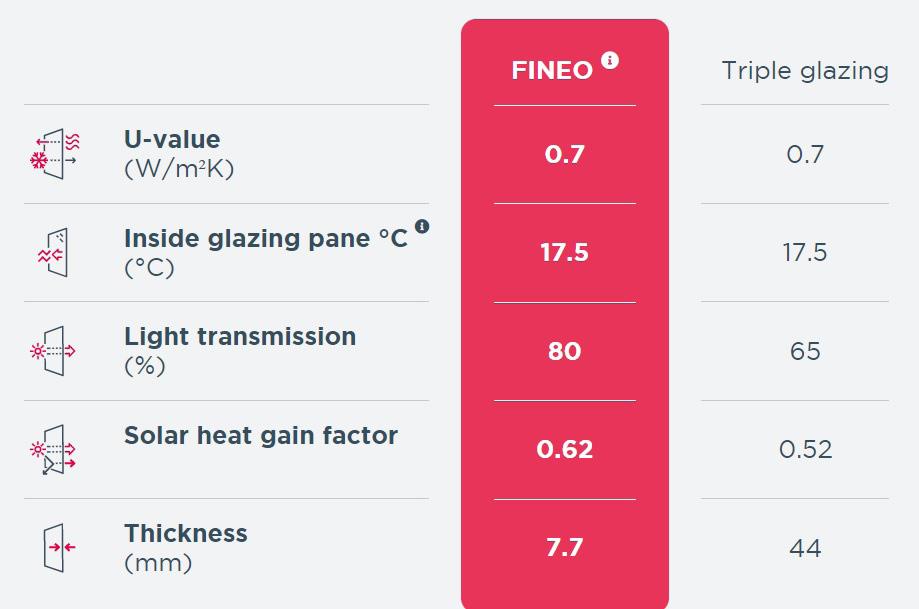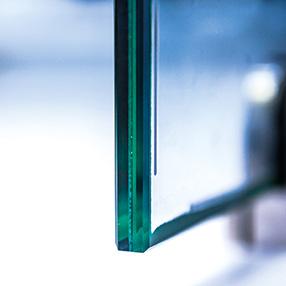
1 minute read
VACUUM INSULATED YES OR
Over the past week or so, a debate on Twitter, which has sometimes become slightly heated, has been raging about the use of vacuum insulated glass (VIG) products in order to achieve new proposed lower minimum u-values.
With focus on 2025 and the proposed Future Building Standards upending regulations once again, methods on how to achieve new minimum u-values are going to be up for debate.
Advertisement
What is vacuum insulated glazing?
Unlike traditional double or triple glazed IGU technology, vacuum insulated glazing, such as the Fineo product by AGC, takes two pieces of glass and uses just a 0.1mm gap between them. The glass can be between 3mm or 6mm thick, depending on the application.
The reason why there is growing interest in VIG is due to the incredibly high performance of the product. In comparison to triple glazing, these are some of the key stats that VIG produces:
CREDIT: Fineo
Whilst both products can get to 0.7 in terms of u-value, it is the thickness, or lack thereof, of the glazing that VIG can reduce to which is grabbing the attention of the sector.

The technology isn’t new. It’s been around for over a decade. But with lower minimum u-values about to become reality, only now is it really becoming a product that is being explored by the UK market
The ultra-slim glazing profile is a primary USP of this technology. Whilst much of the sector look at triple glazing as the method of compliance for 2025, other parts of the sector that are hesitant towards triple glazing are looking for alternatives. This is one of them.









